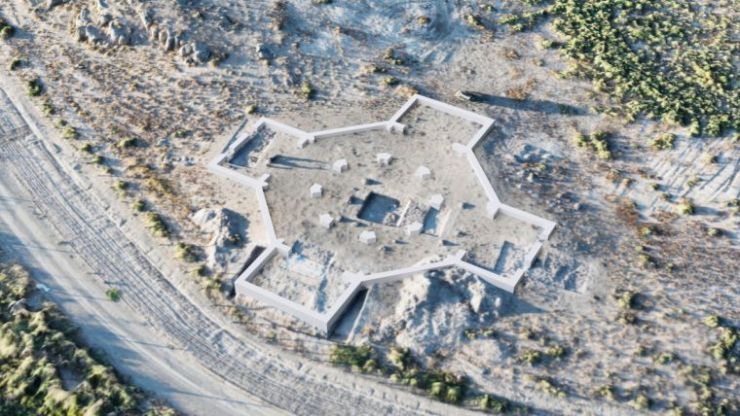
Archaeologists have uncovered one of the world's oldest Christian churches in the ancient city of Artaxata, Armenia, offering remarkable insight into the spread of early Christianity. The discovery is hailed as the country's oldest documented church, dating back to the 4th century AD, when Armenia became the first nation to adopt Christianity as its state religion.
This groundbreaking find is the result of a joint effort between the National Academy of Sciences of Armenia and Germany's University of Münster, as part of the Armenian-German Artaxata Project.
Since 2018, the team has been excavating the site and recently uncovered the remains of an octagonal church with cruciform extensions - a structure previously unknown in Armenia but characteristic of early Christian architecture in the Eastern Mediterranean.
"The building, which dates back to the 4th century, is the oldest archaeologically documented church in the country - a sensational testimony to early Christianity in Armenia," remarked Professor Achim Lichtenberger of the University of Münster. Dr Mkrtich Zardaryan of the Armenian Academy of Sciences echoed this excitement, noting that "Octagonal churches were unknown here until now, but we are very familiar with them from the Eastern Mediterranean region, where they first appeared in the 4th century AD."
The church, which measures approximately 30 metres across, featured a simple mortar floor and was lavishly decorated with imported marble and terracotta tiles. These materials, radiocarbon dated to the mid-4th century, underline the structure's importance and the early influence of Christianity in the region. Notably, the remains of wooden platforms discovered in the cross-shaped extensions further confirm its ancient origins.
Located near the historic Khor Virap Monastery and the site where Gregory the Illuminator is said to have converted King Tiridates III to Christianity in AD 301, this church's discovery serves as a powerful reminder of Armenia's pivotal role in the early Christian world.
Artaxata, the capital of the ancient Armenian kingdom, flourished as a Hellenistic metropolis and remained a significant hub for centuries. This discovery reveals more insights into early Christian architecture and highlights Armenia's role as a Christian stronghold.
As excavations continue, researchers hope to uncover more details, including the identity of the church's original dedication.
Each new discovery promises to shed further light on Armenia's early history and the significant architectural developments - particularly in regard to places of worship - that helped shape the growth of Christianity in the region.
Republished from Christian Today UK.




